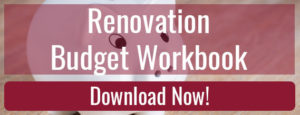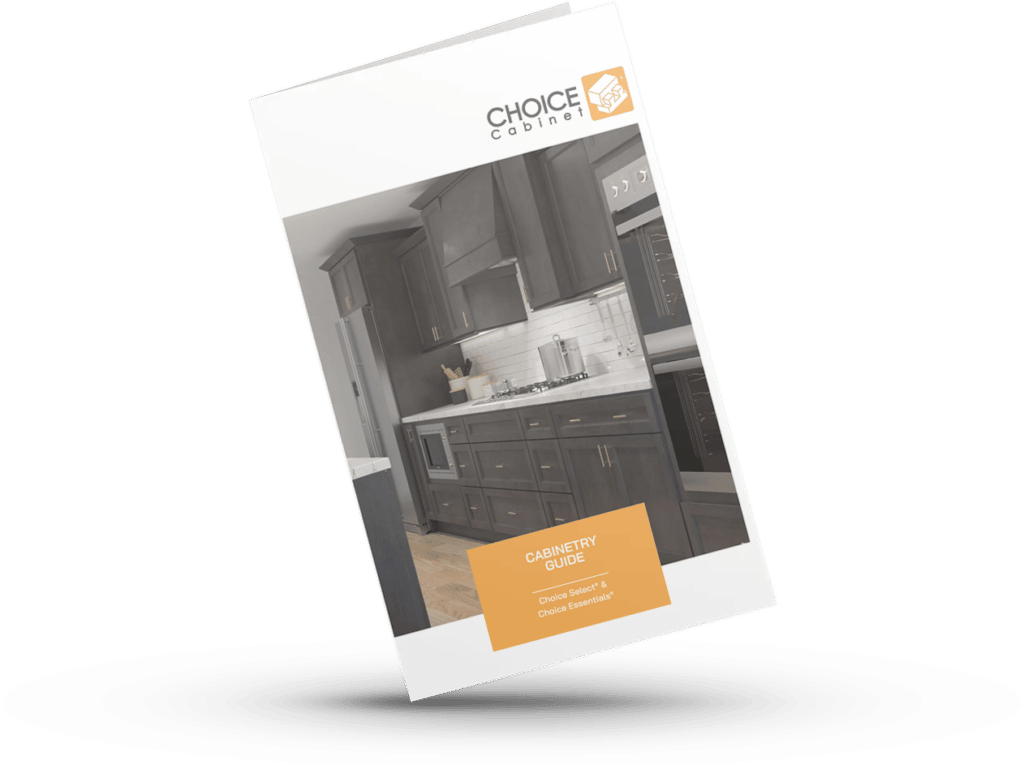Lending Lingo for Financing Your Renovation
By Ryan Horvath
Lending lingo can be tricky. It’s easy to get confused and frustrated figuring them out. I’m breaking down the tricky terms while making them easier to understand. Also, if you’re looking into financing a kitchen or bath renovation, check out the blog I wrote. You can read it by clicking here.
Nail Down Your Renovation Budget
KNOW YOUR RIGHTS
First, know your rights as a borrower. Article Z of the Federal Truth in Lending Act informs the borrower what they should expect. The Article requires lenders to disclose interest rates and terms. It also requires them to discuss costs and variable-rate features in a total annual percentage rate (APR). Therefore, if your lender is less than forthcoming about this information, look somewhere else.
LENDING LINGO
Adjustable Rate Mortgage (ARM)
An adjustable rate mortgage a home loan where the interest rate changes periodically. An ARM is also known as a variable-rate or floating rate mortgage. Keep in mind, if your interest rate goes up, so will your monthly payment.
Discount Points
Discount points require the borrower to pay a chunk of the interest up front. These compensate the lender making a higher-risk loan. By increasing the interest paid up front, the borrower can avoid a rate hike. The rule of thumb is that 1 discount point equals 1 percent of the loan.
Loan Estimate
The Loan Estimate replaced the Good-faith Estimate (GFE) and Truth-in-Lending (TIL). It simplifies the loan details making it easier for the borrower to understand. A loan estimate separates into three categories. They are the explanation of loan terms, payment schedule, and closing costs.
The explanation of loan terms covers:
- Amount of the loan
- Interest rate
- Monthly principal and interest
Closing costs covers:
- Origination, appraisal, and escrow fees
- Homeowner’s insurance
- Property taxes
Closing Disclosure
The Closing Disclosure replaced the Final TIL Disclosure and HUD-1 Settlement Statement. Much like a loan estimate, it simplifies the terms to make it easier for the borrower to understand. A closing disclosure covers:
- Loan terms
- Projected costs at closing
- Cash required to close
- Summary of the transaction
- Loan calculations
- Disclosure information
- Any extra information on the loan
Private Mortgage Insurance (PMI)
A PMI protects the lender, not the borrower, from loss in case of loan default. Lenders require this if you’re refinancing with a conventional loan where your equity is less than 20% of your home’s value.
THE WRAP-UP
By now, you should have a better understanding of lending lingo. It’s important that with any lending documents that you read them thoroughly before signing them. If you’re unsure about something, ask your lender. In conclusion, ask the questions before you pay for it down the line…literally.
Interested in signing up for our weekly blog? Click on the button below!









